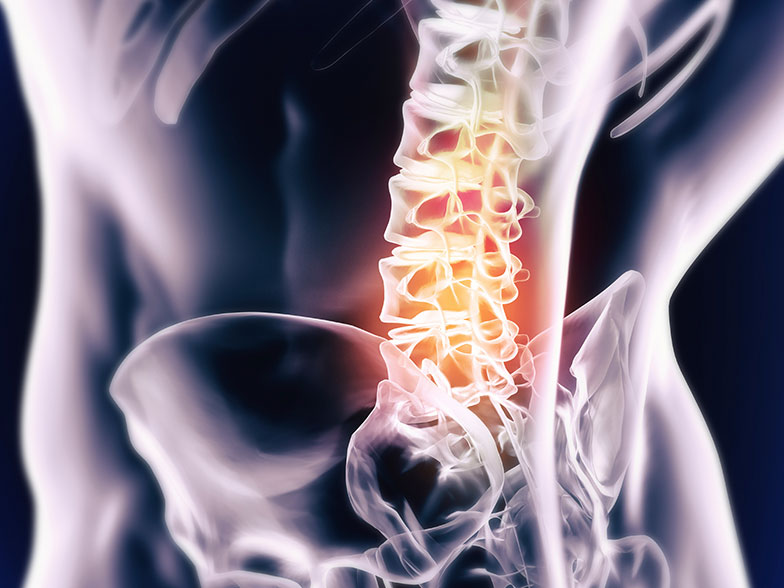Spinal Decompression at South Texas Spine & Joint Institute

South Texas Spine & Joint Institute offers progressive technology in the treatment of back and neck related complaints. We utilize a non-surgical FDA approved Spinal Decompression system combined with thermal laser technology that helps reduce back and neck pain. These combined techniques relieve nerve compression, and help to separate the vertebrae in your back or neck to create negative intra-discal pressure.
In the past, patients suffering from herniated discs, sciatica, spinal stenosis, or pinched nerves, had to rely on pain medications, bed rest, injections, and physical therapy. When those treatments failed, many people were advised that their only option was major spinal surgery.
Today, medicine and technology have advanced to offer you, not only more options, but better options in treating your back pain, including spinal decompression, available here at South Texas Spine & Joint Institute.
Pain - It Hurts
The back is a complicated structure of bones, joints, ligaments and muscles. You can sprain ligaments, strain muscles, rupture disks, and irritate joints, all of which can lead to back pain. While sports injuries or accidents can cause pain, sometimes the simplest of movements—picking up a pencil from the floor— can have painful results. In addition, arthritis, poor posture, obesity, and psychological stress can cause or complicate back pain. Back pain can also directly result from disease of the internal organs, such as kidney stones, kidney infections, blood clots, or bone loss.
Root of the Problem
Back pain or neck pain can be caused by a herniated disc, spinal stenosis, facet syndrome, degenerative disc disease, or inflammation.
Pain Management
Virtually any chronic back pain or neck pain sufferer can benefit from spinal decompression. Spinal decompression treatment is painless and relaxing. Spinal decompression helps reduce the amount of pain you have to live with.

If you are in pain, schedule a treatment today.
CALL (210) 545-7000
How does Spinal Decompression work?
In nonsurgical spinal decompression therapy, the spine is stretched and relaxed intermittently in a controlled manner. The theory is that this process creates a negative intra-discal pressure (pressure within the disc itself), which is thought to have two potential benefits:
- Reduces the size of a bulging or herniated disc, which causes nerve pressure
- Promotes the passage of healing nutrients, into the disc and fosters a better healing environment

Spinal Decompression Session
During spinal decompression therapy for the low back (lumbar spine), patients remain clothed and lie on a motorized table, the lower half of which can move. Then a harness is placed around the hips and is attached to the lower table near the feet. The upper part of the table remains in a fixed position while the lower part, to which the patient is harnessed, slides back and forth to provide the traction and relaxation.
One difference between various decompression therapies is the patient’s position on the table; for example, some devices place the patient in the prone position on the table, lying face down, while other devices have the patient lying supine, face up. Regardless of the method, the patient should not feel pain during or after the decompression therapy even though they will feel a stretch in the spine.
